Low Carb Diet For One Person
Lots of today's trendy diets — think Atkins, keto and sometimes paleo — are centered around low-carb foods. But cutting carbs to lose weight fast isn't a new idea. It's been around for more than 150 years. So what's driving the popularity of this eating plan?
With a low-carbohydrate diet, you keep your carbohydrates lower than what's typically found in Western diets, Jen Bruning, a registered dietitian and spokesperson for the Academy of Nutrition & Dietetics, told TODAY.
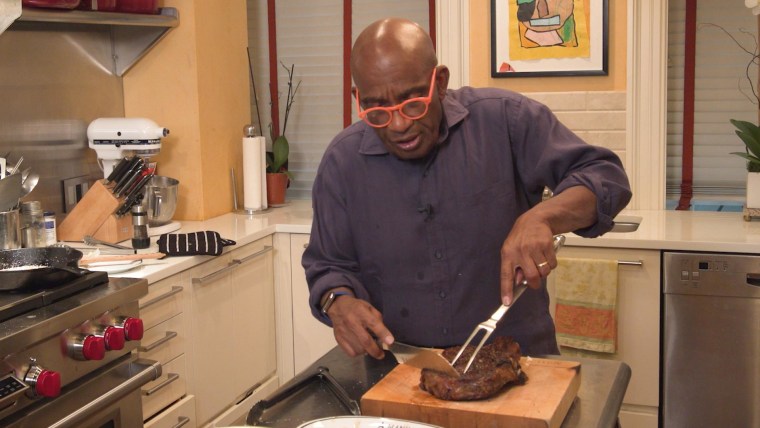
Processed foods and fast foods — common in Western diets — are often high in carbs. They can contain a lot of refined carbs that don't offer a lot of nutritional value. Low-carb diets limit these high-carb foods, as well as grains, starchy vegetables (like potatoes and peas) and fruit. They emphasize foods low in carbs and high in protein and fat instead, like meat, cheese and nuts, as well as leafy vegetables.
How does the low-carb diet work?
To start, there's no one low-carb diet. Different plans cut carbs down to different levels. The strictest diets aim to cut carbs down to zero. Others target 150 grams or less per day. As a comparison, the Dietary Guidelines for Americans recommend 225 to 325 grams per day as part of a healthy eating plan that doesn't focus on limiting carbs.
Bonnie Taub-Dix, a registered dietitian and author of "Read It Before You Eat It: Taking You from Label to Table," points out that carbs aren't all nutritionally the same. A slice of whole-grain bread, a small piece of fruit and four packets of sugar could all have about 15 carbs. "Those food all have completely different health profiles," she said. The bread has fiber, vitamins and minerals, and can help you feel full. The fruit might have fiber and antioxidants. The sugar has no nutritional value except for energy.
People want to know the best ways to lose weight and how to lose weight fast. But there's more to understand. "If you want to eat more healthfully and lose weight, you have to think about what your body needs and your health needs, not just your weight-loss needs," Taub-Dix said.
What does the research say about the low-carb diet?
What are low-carb diet benefits? Bruning said with low-carb dieting you might see improvements in blood sugar levels and weight loss. But the weight loss might not last. "Research also suggests a tendency to regain any lost weight when eating patterns return to normal," she said.
Sticking with a low-carb eating plan may help you maintain weight loss, though.
According to the Mayo Clinic, low-carb diets might help prevent or improve metabolic syndrome, diabetes, high blood pressure and heart disease.
A study published in the Journal of the American College of Nutrition found that for people with type 2 diabetes, diets that were low in carbs helped them lose weight and reduce the medication they needed to take to control of their diabetes.
Is low-carb a good choice for you?
You might want to try a low-carb diet if you're looking to lose weight in the short term or to prevent or improve metabolic syndrome, diabetes, high blood pressure or heart disease.
A low-carb diet includes a lot of other food options, so if you don't like diets with severe food restrictions you might like the variety it offers.
You may also want to look at the kinds of carbs you're eating to see where you can make changes. "If you examine your diet and feel you are lacking in non-starchy vegetables but eat lots of added sugar, you may choose to lower your refined carbohydrate intake in favor of more veggies," Bruning said.
And remember that low-carb diets are low in certain nutritious foods. "Plenty of higher-carbohydrate foods are very healthful. Think legumes, fruit and whole grains," Bruning said. "Low-carb diets also tend to be low in fiber, and fiber is known to be protective against heart disease and some cancers."
Taub-Dix is wary of any diet that eliminates an entire food group. "No one food or food group is going to be magical for you or horrible for you unless you have a food allergy or intolerance," she said. "We shouldn't demonize any one particular food or food group. That should be a red flag when choosing a diet — if a food group is eliminated, steer clear of that diet."
What do you eat on the low-carb diet?
Generally, low-carb menus will include foods that are higher in protein and fat.
On a low-carb diet, you're likely to eat foods like:
- Meat
- Poultry
- Fish
- Eggs
- Some nonstarchy vegetables
You'll cut out or limit:
- Grains
- Legumes like lentils, beans and peas
- Fruits
- Breads
- Sweets
- Pasta
- Rice
- Starchy vegetables like potatoes, corn and butternut squash
- Milk
- Sometimes nuts and seeds
Following a low-carb diet, in a typical day you might eat low-carb meals like:
- Breakfast: Omelet with cheese, mushrooms, tomatoes and spinach
- Lunch: Cobb salad
- Dinner: Chicken drumsticks with coleslaw
- Snack: Roasted pecans
The low-carb diet is similar to:
- Keto diet, which typically limits carbs to 50 grams a day or less
- Keto/FLEX 12/3, which blends a low-carb diet and fasting
- Low-carb, high-fat diet, which pairs a reduction in carbs with an increase in high-fat foods
- Paleo diet, which tends to be low-carb in practice because it emphasizes a lot of low-carb foods
- Atkins diet, which has a four phases of carb intake levels
- Zero-carb diet, which aims to reduce carbs to (you guessed it) zero
Is the low-carb diet effective long-term?
Compared with low-fat dieters, low-carb dieters may see a short-term weight-loss boost. But the gain tends to disappear after a year or two, according to the Mayo Clinic. It's possible that eating more protein and fat instead of carbs can help keep you feeling full, so you eat less.
Most studies of low-carb diets have lasted less than a year. So it's not clear yet if a low-carb diet has long-term health risks.
Talk with your doctor before starting a low-carb diet or any other diet — your doctor can recommend the best healthy diet for you, based on your needs.
Stephanie Thurrott is a writer who covers mental health, personal growth, wellness, family, food and personal finance, and dabbles in just about any other topic that grabs her attention. When she's not writing, look for her out walking her dog or riding her bike in Pennsylvania's Lehigh Valley.
Source: https://www.today.com/health/low-carb-diet-what-you-should-know-trying-one-today-t197225
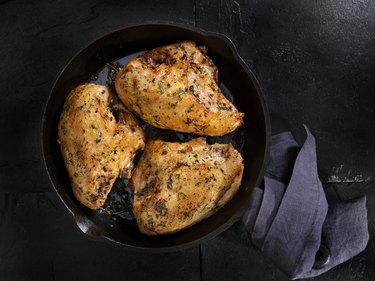
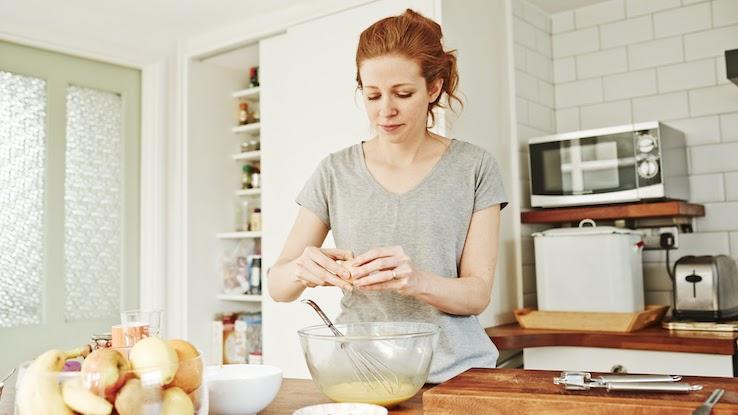
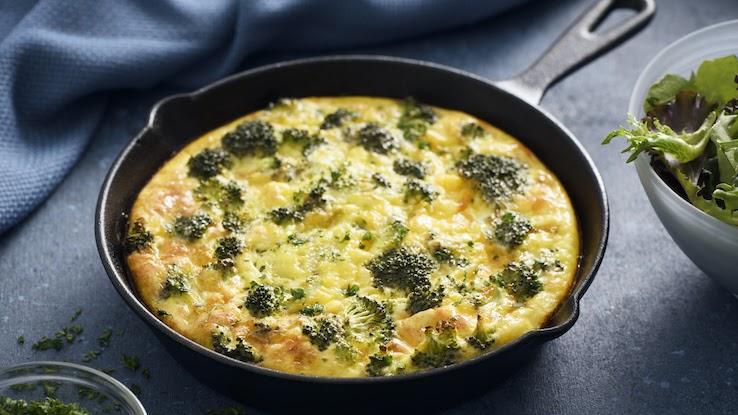
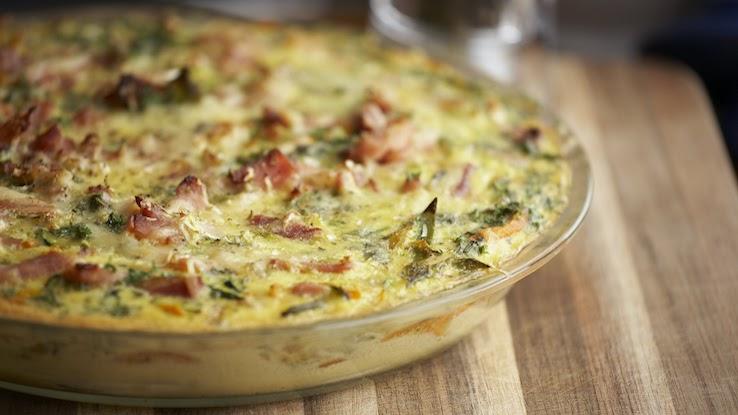
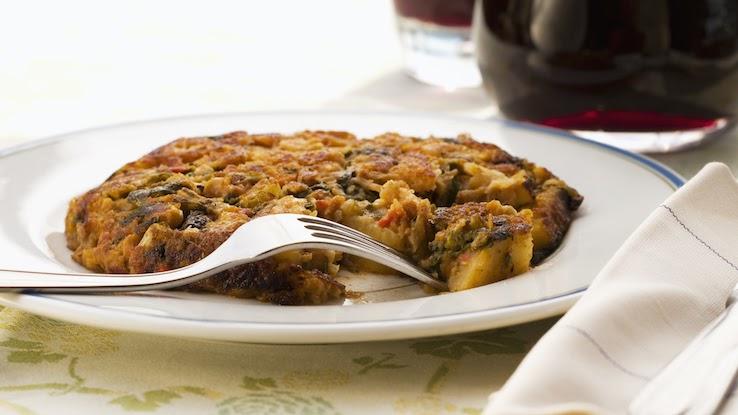
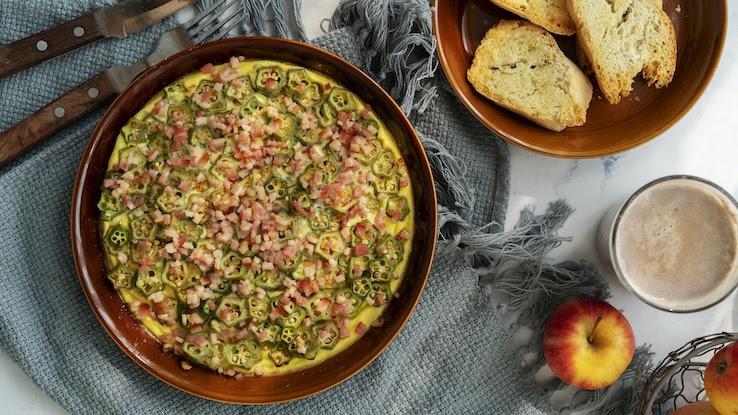
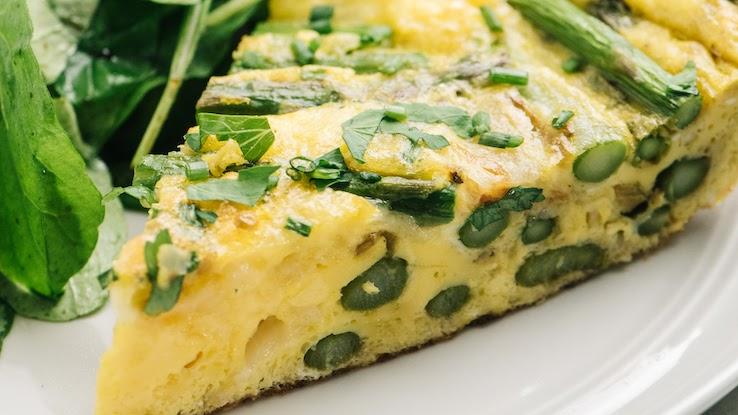
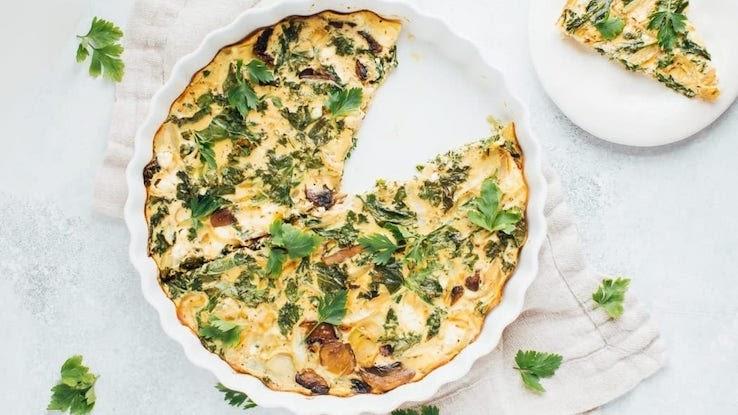

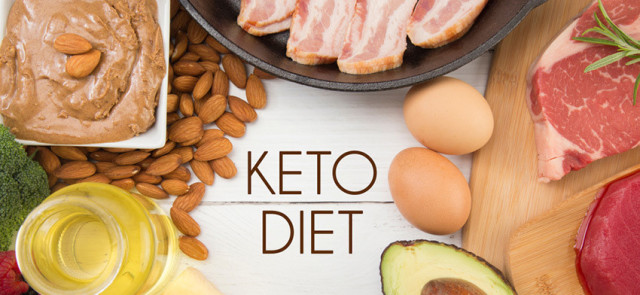


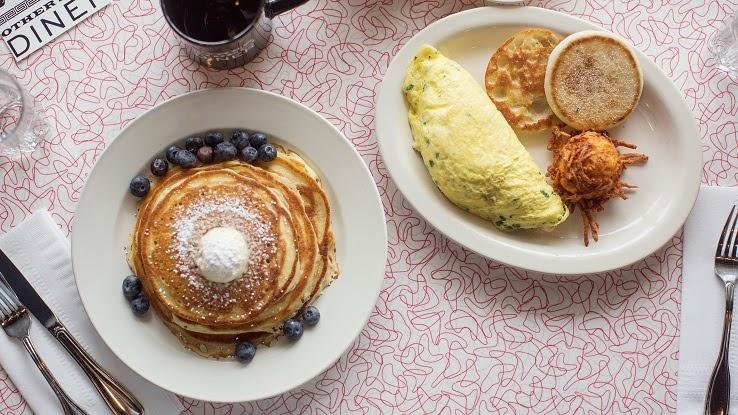
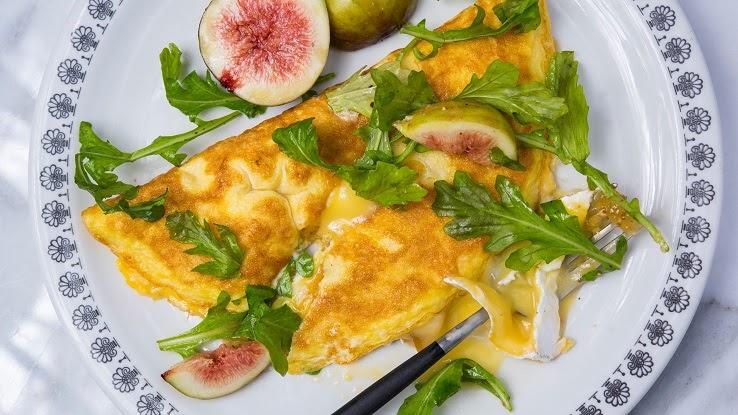
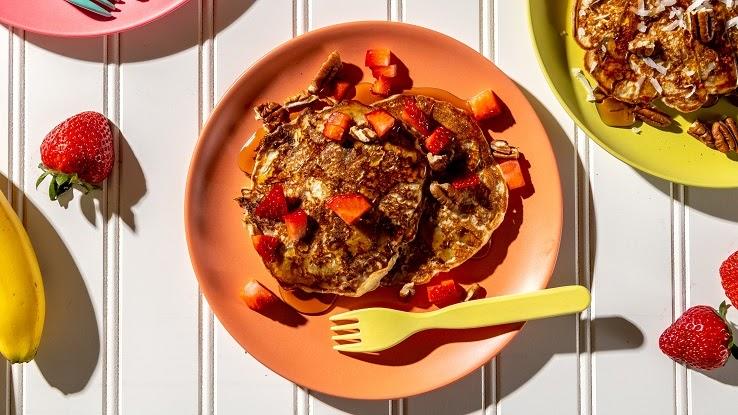

![[Vitamin D sources on a notepad]](https://i0.wp.com/cdn-prod.medicalnewstoday.com/content/images/articles/304/304797/vitamin-d-on-a-notepad.jpg?w=1155&h=978)






